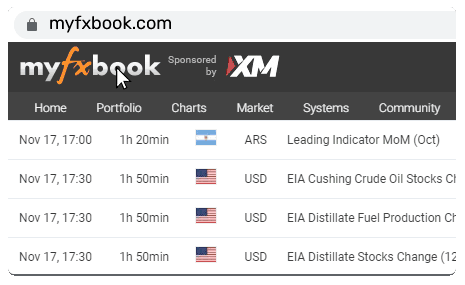- Domů
- Komunita
- Zkušení obchodníci
- Nas100 Partial Coverage - September 2025
Nas100 Partial Coverage - September 2025
Our main trades in 2025 have been XAU/USD and NAS100. During the first half of the year, we operated without hedging, held Nas100 long, did some trading in GER40, and initially in XAU/USD, which allowed us to generate a return of over 215% during the year.
We feel that in August, the Nas100 began to cool off and move sideways, just as the XAU/USD did from June to August, below $3,500. We are seeing that exceeding 24,000 - 25,000 points for the Nas100, as well as for the GER40 this year, will be very difficult.
For September, we decided to lock in our past gains by going long/short on Nas100. We see more scenarios of correction than a totally bullish scenario in September. It is totally illusory to come from a bull run from April to August 15 and be driven by an interest rate cut. I feel that interest rate cuts are already discounted from valuations.
We would be seeing these values during September on the Nas100:
23.000 - 24.200
For September, we see more trades on the metals side, XAG/USD, XAU/USD, and Natural Gas. We like the concentration and high risks of Nas100 to continue trading, we like the volatility that the concentration of a few companies within the index will bring.
For September, we maintain our trading range on the NAS100 between 23,000 – 24,200. We currently view the market more as a selling opportunity than a buying one. Our tactical pivot level is set at 23,500, where we would look to adjust hedges dynamically—reducing exposure below this level and increasing above it. The strategy is oriented toward profit-taking rather than risk accumulation.
In USD terms, our positioning remains on the short side. However, we would be buyers of NAS100 in Swiss francs and euros, as we consider valuations more attractive in those currencies. Regarding the GER40, we anticipate greater upside potential in USD, particularly if the dollar strengthens. What appears expensive in euros becomes relatively cheaper in dollars, creating a natural arbitrage effect.
From a macro perspective, the European Central Bank maintains a neutral stance on rates, while the Federal Reserve is expected to deliver a cut. This policy divergence sustains a yield differential favorable to the euro, encouraging capital flows into the single currency. As a result, we see continued downside pressure on the dollar and a possible move in EUR/USD toward 1.20.
While this dynamic supports risk assets in Europe and the NAS100 approaching 24,200, we also recognize that prolonged euro strength exerts pressure on European exporters. Consequently, we believe the ECB will eventually be forced to consider a rate cut to preserve competitiveness.
Overall, we position ourselves around the interest rate arbitrage dynamic between the U.S. and Europe, using tactical ranges and currency effects to guide our allocation.












